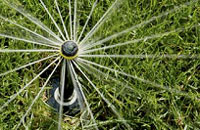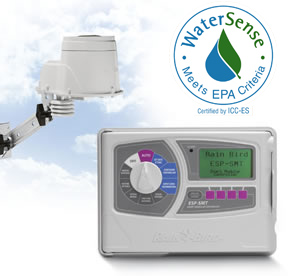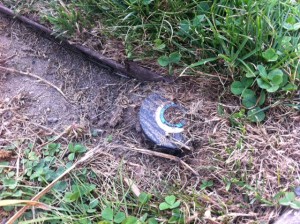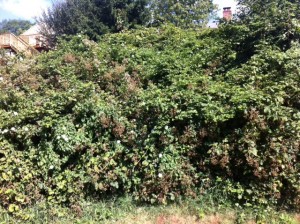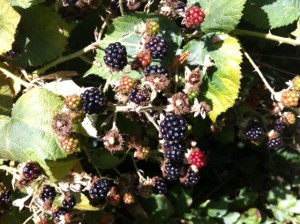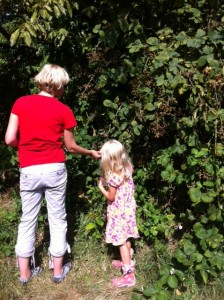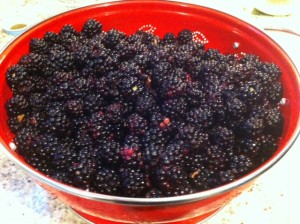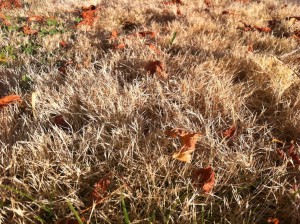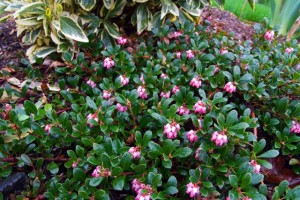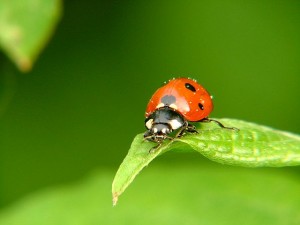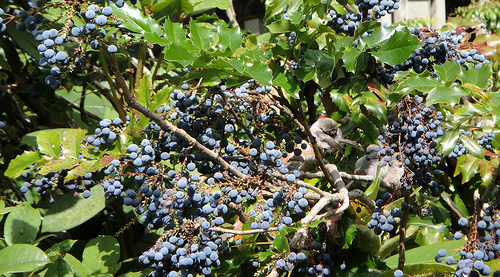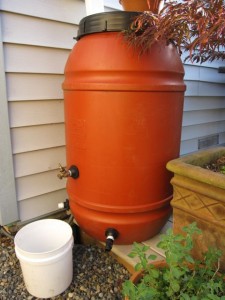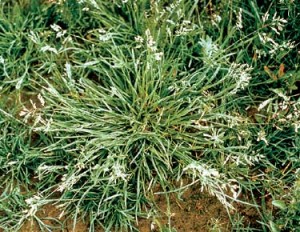Ripening green tomatoes in the Seattle area
August 30, 2012 @ 8:00 am
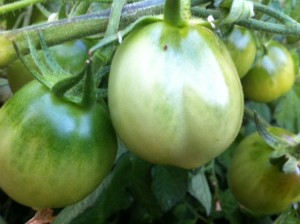
Waiting for green tomatoes to ripen. Photos by Ecoyards.
Puget Sound gardeners are a patient lot, especially when it comes to tomatoes. We plan our tomato harvest in the spring, look forward to late May when we can set the plants in soil, and then we feed, water and coddle them through the summer months, hoping for that bumper crop of juicy, red tomatoes.
In many years, we wait and wait and wait for those green tomatoes to ripen on the vine. It’s a phenomenon that seems particular to our region. By late August, depending on how many warm, sunny days we’ve had, our tomato plants may be bursting with red fruit or bursting with some red tomatoes but mostly green ones. Fried green tomatoes may be OK for some, but what to do if you’d rather enjoy your tomatoes plump, red and juicy as Nature intended?
Tomato experts say two things determine whether tomatoes ripen and change color: temperature and the presence of a naturally occurring hormone called “ethylene.” It might surprise you that tomatoes won’t produce the pigment that allows them to turn red, when temperatures are above 85 degrees. According to horticulturists at Purdue University, extended periods of extreme heat can actually cause tomatoes to stop ripening, instead turning yellowish orange or yellowish green.
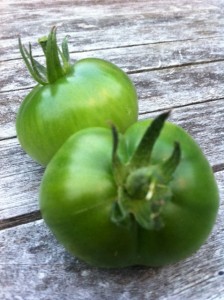 Here are some ways to get a better redder crop of tomatoes:
Here are some ways to get a better redder crop of tomatoes:
– Don’t panic yet. There’s still hope through the month of September and October for those tomatoes to ripen. According to the Old Farmer’s Almanac, the fall frost date in Seattle starts around Nov. 17. Actually, cooler temperatures in September may actually help ripen tomatoes.
– Triage. If you have blossoms or young green fruit around this time, chances are they’re not likely to make it in the next several weeks. Remove those flowers and young fruit, and give the other tomatoes on the vine a fighting chance.
– Prune your plants, but don’t give it a complete crewcut. If you see new young shoots, clip them back. Don’t prune too many fully-formed leaves because they provide the fruit with nutrients. Clipping some of the younger shoots helps redirect the plant’s energy into helping the other tomatoes ripen.
– Cut the plants root system. The experts at Washington State University Extension say: “A stressed plant will hurry to produce offspring before it dies. One way to stress a plant is to cut its root system. Push a shovel into the soil halfway around the plant, about 8 to 12 inches from the base.”
– Cover the tomato plants with plastic, or a floating row cover.
– Pick tomatoes before the frost hits and ripen them indoors. Don’t rip off the stems; leave at least a short bit of stem. Ripping the stems from the fruit may open them to decay. Discard blemished fruit. Pick only the ones with glossy green coloring and have reached near maturity, at least 3/4 their full size. You can wrap them in newspaper and put them in a box out of direct sunlight, which could take 2-4 weeks to ripen. Check them frequently to make sure they haven’t spoiled. Put them in a paper bag with an apple or banana, since this fruits give off ethylene gas that encourages the tomato to ripen.
– Some suggest pulling the entire plant and hanging it upside in a cool dark location, such as a garage or basement. Harvest the tomatoes as they ripen.
– Mark this down for next year: pick and plant the biggest, healthiest plant you can find (starts rather than seeds), and don’t set them out until at least mid-May when the soil is nice and warm (or so you hope).
– Pick tomatoes with shorter growing seasons, such as cherry tomatoes, ‘Early Girl’, Sungold and Early Cascade. Find other good tomato varieties for this region.
– Plant tomato plants as deep as you can. Plant them at least 8 inches deep, even if it means stripping the bottom leaves to do so. This encourages root growth. Advice from the WSU’s Extension: dig a trench, rather than a hole; lay the tomato plant on its side and bury part of the stem. Those new roots will form along that stem, and will be in warmer topsoil.
– Black plastic (or red or whatever color you like) helps warm the soil even further.
References:
“Outwitting the picky tomato plant,” Washington State University
“Ripening that huge crop of green tomatoes,” Colorado State University
Filed under Seattle Landscape Maintenance, Vegetable Gardening Permalink · No Comments »
